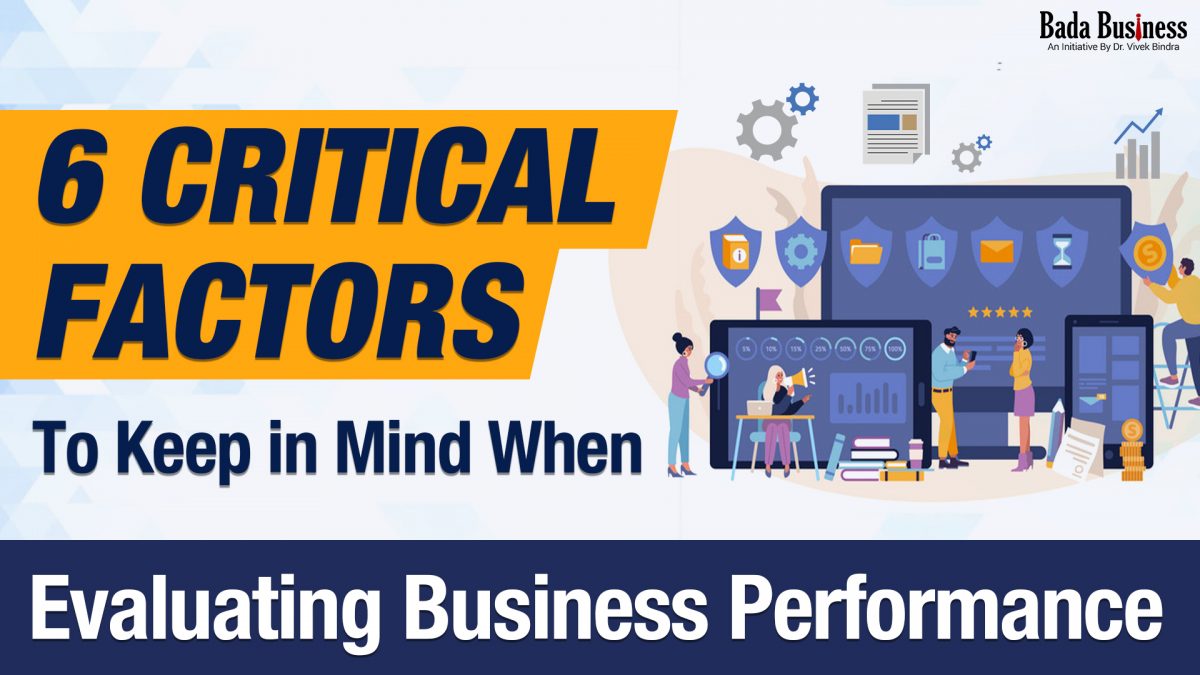Summary: How do you know whether your business is performing as expected or if you are on track to achieve your goals?
Business is unpredictable! This is why measuring its output and evaluating the effectiveness of your strategies is very critical for its growth. However, despite you having all your business objectives outlined and your strategies to achieve them in place, will you know that you are on the right path? Also, how do you know whether your business is performing as expected or if you’re on track to achieve your goals?
Being an entrepreneur it is vital to know what works for your business, and what does not. Be it small, middle, or large, every company has its share of success and failure. So it is essential to constantly keep a finger on your business performance to stay ahead of your competitors.
According to a Gartner report, “organizations that use predictive business performance metrics can increase their profitability by 20%.”
Here are six crucial indicators that will tell you all you need to know about your business’s progress:
1. Net Profit
Net profit is the amount that remains after deducting a company’s expenses, taxes, and interest payments over a given time. It is one of the most reliable parameters when it comes to analyzing financial status. When evaluating your business performance, the net profit should be converted into a percentage of revenue- the net profit margin. Businesses must stay ahead of the profit margin in their industry to remain competitive. Anything below the margin means your business is in poor financial status. If you find it difficult to evaluate your business performance, you can hire a business coach too!
2. Customer Satisfaction
Another important way to measure the business performance of your small business is customer satisfaction. Happy customers can impact other metrics directly. Customers can help you improve your business performance. If your customers are satisfied with your products or services, then your business is making progress.
But how do you measure customer satisfaction? You can do that through various surveys, reviews, and honest feedback from your customers. If your business is at a very early stage, you can start developing a client list with an email address to track customers. This way you can keep a count on your new customers and build a strong relationship with your clients.
3. Employee Retention Rate
A good employee retention rate indicates a business with a healthy work culture and with processes in place for success. A poor employee retention rate is a glaring sign that the company is wasting its resources on hiring, training, and absorbing new employees. This will prevent a company from utilizing its resources to drive growth.
4. Set Up a Break-even Point
Setting up a break-even point or a target can help you evaluate the business performance of your small enterprise. The set target is the number you need to achieve in a given period (monthly or quarterly) for the company to cover its expenses to sustain. It is important to reach the break-even point, even if your business is not making a profit.
5. Sales Indicators
The volume and frequency of sales can provide everything you need to measure business performance. You can segregate the sales data into new customers, sales to existing customers, how much profit a particular product or service is making, or any other categories that might prove vital for the business. Keeping track of these numbers can provide invaluable insights into your business performance.
6. Analyze your Goals
While evaluating your business performance, it is also essential to assess your expectations. Many people disregard their happiness when it comes to evaluating business performance. But try to consider your perception when measuring your business performance. It always helps!
The idea of managing a business is easier said than done and we completely agree with you. This is why to help you move forward with your business goals, we at Bada Business offer an exclusive Business Coaching Program that comes with Foundation courses, specialized courses, and value-added courses.
To know more about the course, click here: https://www.badabusiness.com


